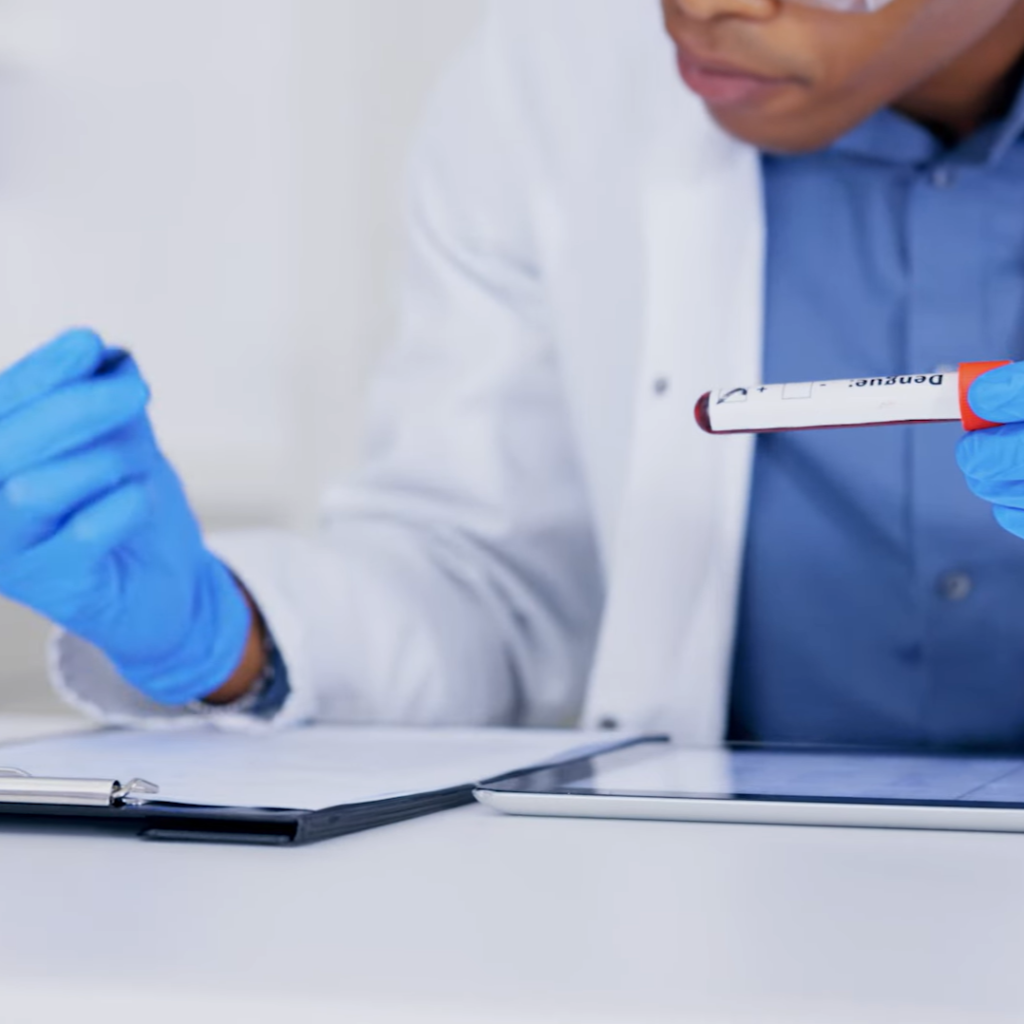
Meet ELLA
Navigating complex FDA regulations so you don’t have to
Introducing ELLA, an AI-powered tool designed to transform how medical device companies navigate regulatory compliance. Developed by the experts at StarFish Medical, ELLA takes the complexity out of FDA regulations, giving you the precise insights you need to innovate, streamline, and stay compliant.
Ready to experience a smarter way to navigate regulatory compliance?


Find the Most Relevant FDA Guidance Documents Instantly
ELLA filters and ranks FDA guidance documents based on your specific use case. Stop sifting through outdated or irrelevant regulations — get direct access to the documents that matter most to your submission strategy.
Explore MAUDE Adverse Events to Identify Regulatory Risk
ELLA gives you quick access to MAUDE data, helping you understand how similar devices have performed in the field — and how the FDA has responded. Use this to strengthen your risk analysis and anticipate regulatory concerns.


Accelerate Your Medical Device Development with AI-Powered Research
ELLA replaces hours of regulatory research with actionable insights in minutes. Whether you’re preparing for a 510(k) or exploring De Novo classification, ELLA helps you make faster, more confident decisions.
Stay Aligned with Evolving FDA Requirements
Regulations change — but ELLA keeps you current. By surfacing the latest FDA expectations and aligning them with your development plans, ELLA helps ensure that nothing slips through the cracks on your path to market.


How ELLA Supports Regulatory Affairs, QA, and Engineering Teams
ELLA, is an AI FDA regulatory research tool that uses advanced natural language processing to extract key insights from FDA databases, guidance documents, and adverse event reports. Whether you’re part of a regulatory team or building product requirements, ELLA delivers accurate, explainable answers — fast.
Built by Regulatory Experts. Powered by AI. Free for MedTech Teams.
StarFish Medical developed ELLA, as an AI FDA regulatory research tool to remove barriers for innovators in the medical device industry. We understand the burden of compliance — and believe it shouldn’t slow down progress. That’s why ELLA is available at no cost, with no data input required. Just insight, instantly.

Frequently Asked Questions
What does ELLA do?
ELLA helps medical device professionals search, interpret, and apply FDA regulations using AI. It accelerates regulatory research and reduces compliance risk.
Who is ELLA for?
ELLA is designed for regulatory affairs professionals, quality assurance teams, engineers, product managers, startups & founders, and anyone involved in medical device development for complex Enterprise Partnership projects.
What types of FDA documents can ELLA search?
ELLA can search FDA guidance documents, advisory panel transcripts, MAUDE adverse event reports, and other public regulatory databases.
Does ELLA support 510(k), De Novo, and PMA pathways?
Yes. ELLA helps teams explore and compare regulatory pathways to determine the most suitable option for their product.
Is ELLA really free to use?
Yes. ELLA is currently available at no cost, with the goal of accelerating MedTech innovation and reducing the burden of regulatory research.
Is my data secure when using ELLA?
ELLA does not require any proprietary input or product-specific data, so your internal information remains protected.
Complex regulatory path? We know the way.